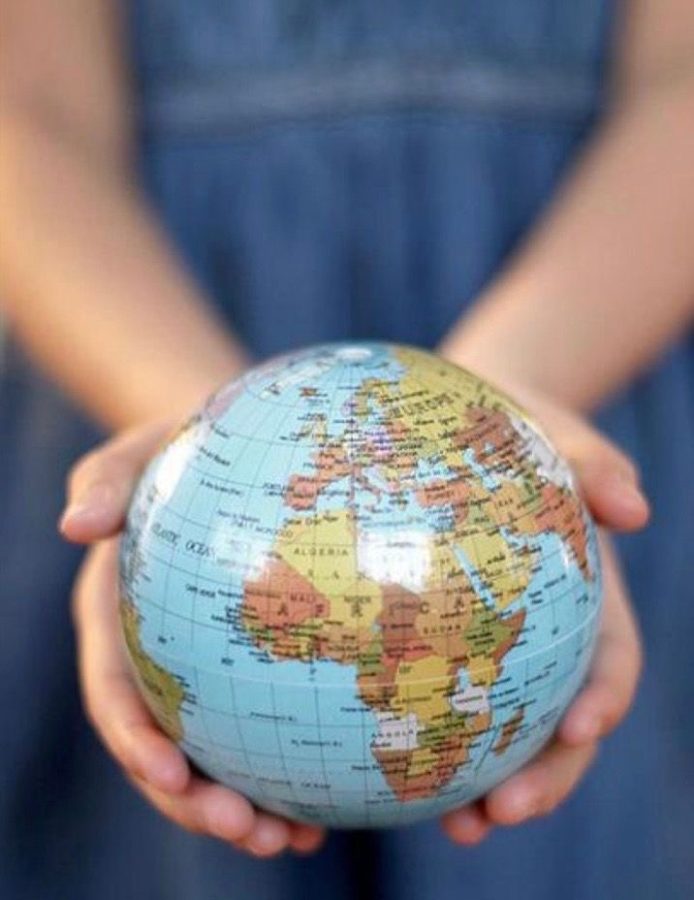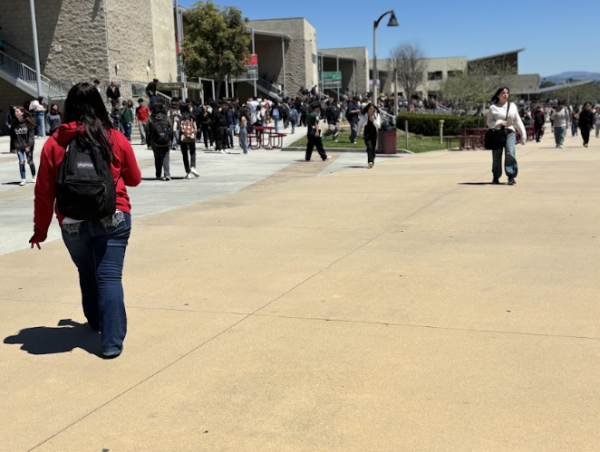World population hits eight billion
The world population hitting a new milestone marks advances that allow for longer life expectancy, and possible enviornmental and humanitarian effects.
Photo by Ariana Talamantes
A globe, a representation of the world that now has eight billion people living on it.
On Nov. 15, the world population hit a record of eight billion people. With the population going from seven billion in 2011 to eight billion in 11 years, the rise in people is a result of improved education and longer human life expectancy.
“This change in population [is] the highest we have had in history, it was caused by the advance in medical and agricultural technology. Medical [technology] allows us to save lives and prevent diseases from earlier time periods. Meanwhile, agricultural innovations allow us to have enough food to sustain the population,” said sophomore Samara Lanum, former AP Human Geography student.
Different regions of the world are having differing rises in population, with poorer countries having higher birth rates compared to the rest of the world. According to the Associated Press, Western Africa is contributing the most to the population increase, with Nigeria expected to be tied for the third highest populated country with the United States in the next 30 years.
“More developed countries, like Japan and parts of Northern Western Europe, are not having enough babies. In other words, the number of births is lower than the replacement rate (2.1%). As the number of workers in a country decreases, the dependency ratio increases, thus putting more strain on government resources,” said Edward Hackbarth III, AP Human Geography teacher.
The population rise also comes with possible environmental and humanitarian effects. According to the UN, the increased population could result in higher poverty and malnutrition levels in the world and affect the achievement of the Sustainable Development Goals.
“As all these countries go through the demographic transition, [the world population has] gone up [to] 6 [billion], and then it’s 7 and then it’s 8, then it’s 9, and it’s going faster and faster and I think we’re pushing our carrying capacity… as [countries] become more developed, they’re going to use more resources and create more pollution and we’re going to have more famines and strife,” said Chad Franks, AP Environmental Science and Earth Science teacher.
The population increase is predicted to affect housing on a local level. With the population expected to reach nine billion by 2037, the future may be affected by the rise of people.
“In terms of a local scale, I fear San Marco’s natural landscape is being destroyed for large housing communities. At some point, San Marcos is going to reach a point where our urban landscape has completely taken over all of the natural landscape,” Hackbarth said.
The effects of the population rise will likely first affect third-world countries, then developed countries. The UN’s new campaign for the milestone population advertising “a world of infinite possibilities”, #8BillionStrong, can be accessed here.

(She/her/hers) Lori Nishiguchi is a sophomore who joined the Silvertip in 2021. Lori believes that unbiased, truthful information is key to an accurately...

(She/her) Ariana Talamantes is a junior who joined the Silvertip staff last year. Ariana really enjoys photography. Being a part of the Silvertip has allowed...











